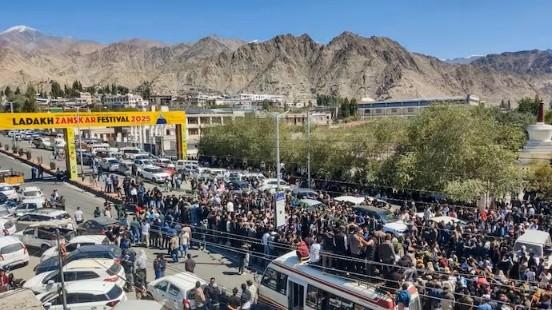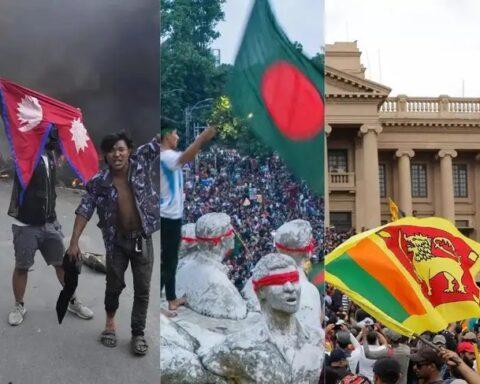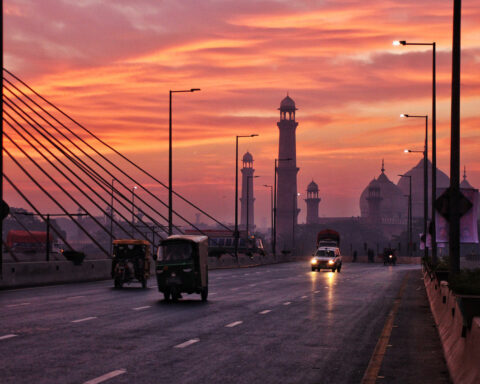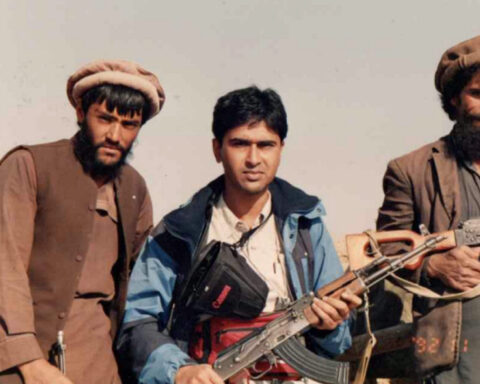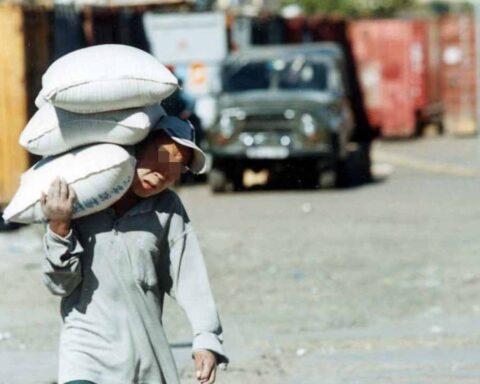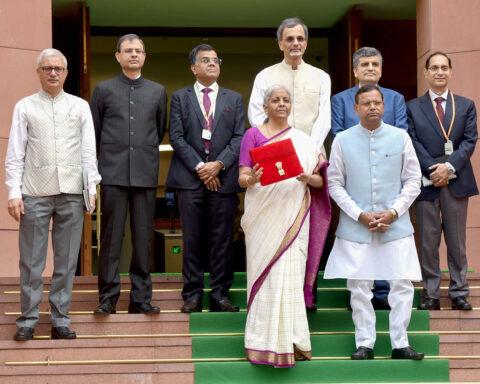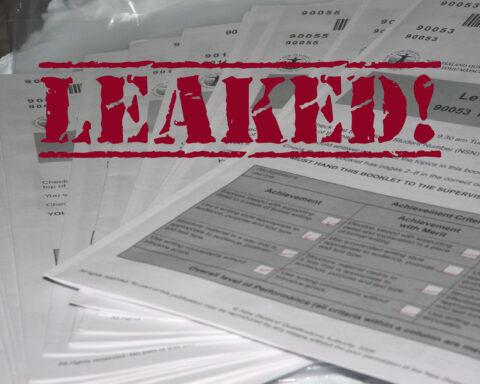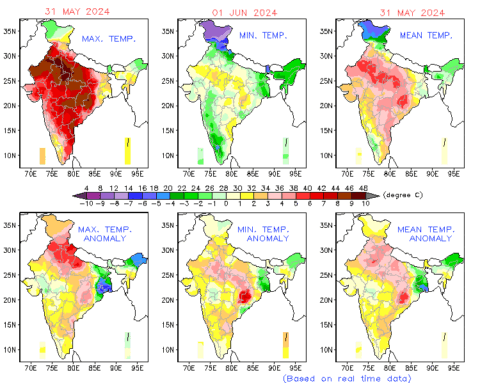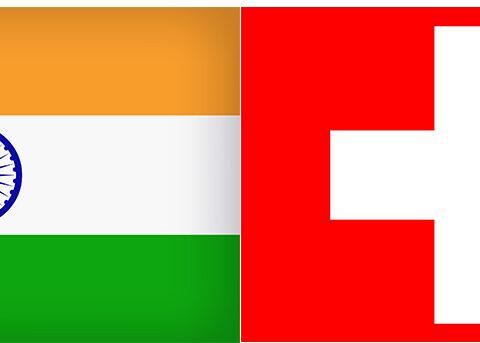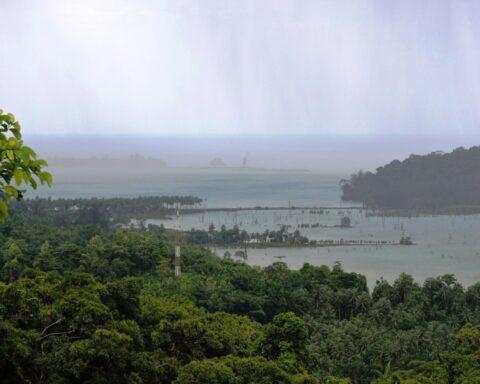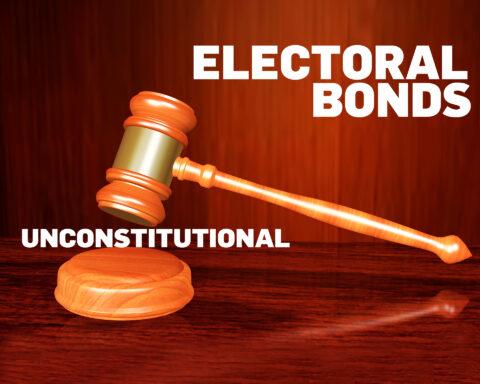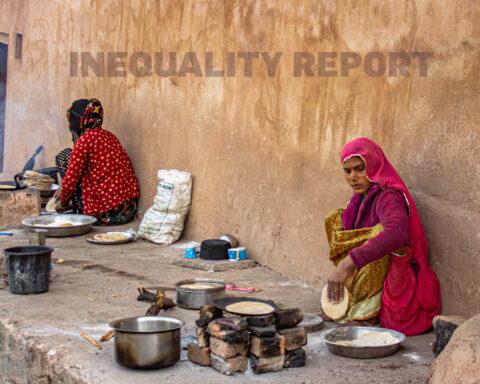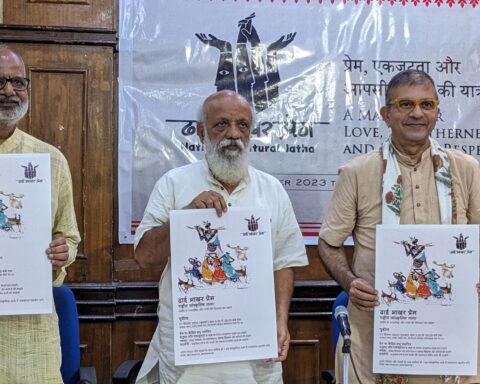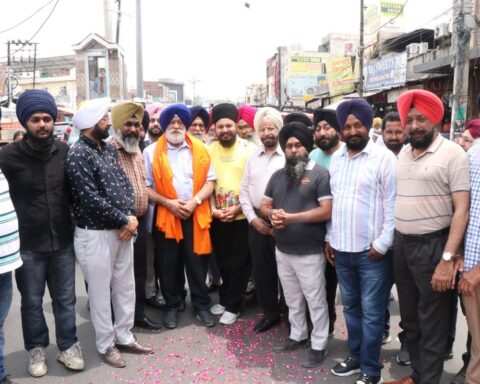On Wednesday, 24th September, Ladakh — the stark, high-altitude Himalayan region long caught between India and China — erupted in violent protest. Demonstrators, largely from Gen Z, torched the local office of Prime Minister Narendra Modi’s Bharatiya Janata Party. The symbolism is hard to miss. In Sri Lanka, it was young protesters who breached the presidential palace in 2022, forcing Gotabaya Rajapaksa into exile. In Nepal, it was students and jobless graduates who galvanized public anger against corruption and political sclerosis. In Bangladesh, youth-led demonstrations last year shook Sheikh Hasina’s long-entrenched government. What began as agitation over unemployment, representation and autonomy has turned into a combustible expression of anger against the ruling party itself.
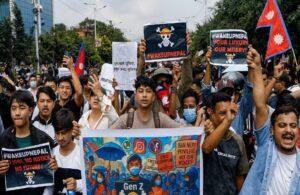
Across South Asia and beyond, Gen Z has increasingly defined the style and intensity `of modern protest movements. In Nepal, their mobilization upended a government. In Bangladesh, Sri Lanka and elsewhere, young demonstrators have pushed back against corruption, nepotism and authoritarian governance. And unlike the street protests of the past, these uprisings are propelled by social media, fuelled by memes, hashtags and viral videos that can swiftly move a grievance from a university campus to a national square.
Instances of Gen-Z coups in South Asia and Elsewhere
Since 2024, 6 protests have been organised worldwide using the Gen-Z style of protests with a primary slogan of anti-corruption (‘X’, Nepal Correspondence, 10 September 2025). In South Asia, it was Sri Lanka and Bangladesh. In Africa, it was Kenya and in Europe it was Serbia. Indonesia was the next country to experience the Gen-Z protest manual. In Bangladesh last year, the Quota system was picked up by Gen-Z protestors, as the cue for the anti-corruption and nepotism campaign. Earlier, in 2021, in Sri Lanka the Gen-Z protests focused on corruption and authoritarian governance.
The signs of prior planning are there in most cases, the pattern is familiar by now. Online networks seed discontent, mid-level political actors provide local leadership, and peaceful rallies are amplified into mass movements. In many cases, outside forces are accused of stoking the protests, while violent episodes — often blamed on infiltrators — give governments grounds to crack down, and protesters more reason to claim repression. Eventually, public property is burned, security forces are vilified, and resignations or leadership changes follow.
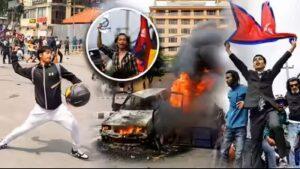
What Gen Z offers in moral urgency, however, it often lacks in long-term planning. Movements that succeed in toppling leaders can falter in governing, leaving a vacuum easily filled by opportunists or external players. The names of Balendra Shah in Nepal or Mohammad Yunus in Bangladesh are reminders of how quickly protest energy can be harnessed for agendas beyond those of the protesters themselves.
The Nepal Narrative thus far

The Gen-Z which led the protests then agreed to make Shushila Karki, a former Chief Justice of Nepal the interim Prime Minister. The violence on the streets has taken a toll so far of 70 lives and it could be more. The good thing is that the Nepal Army has curbed the street violence and the initial wave of unrest has now subsided. The protests against corruption in Nepal have been ongoing for some time now; they peaked with the Gen-Z movement that questioned the government’s decision to impose a ban on prominent social media websites. The ban was lifted as quickly as it was imposed, on account of the street power displayed by groups like Hami Nepal and other such groups. A coup orchestrated by the US, as is being stated by some social media websites, shows us another South Asian example of a nation ridden by incompetent and corrupt governments waiting to fall. Lesson for India is be prepared for the next wave and engage with the interim government even before its formation to keep a hand on the till.
Proximate Cause for Protests
Two things occurred which led to the recent protests. First, the Supreme Court of Nepal ordered the Government to regulate and monitor content appearing on social media sites like ‘Facebook’ and ‘X’. Its important to note that the Court did not order a ban. The Government in
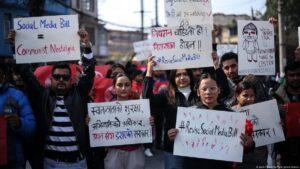
its wisdom chose to give a deadline for companies, mostly foreign, to register or face a ban if they did not comply. The sentiment amongst the Gen-Z was that the Government was trying to muzzle free speech. A few weeks before the imposition of the ban on social media, a ‘nepo kid’ campaign had started showing the lavish lifestyles of leading politicians’s children and allegations of corruption. Earlier, some Facebook pages were posting on the grim situation in Nepal and drew public attention to the high degree of corruption in high places.
After the Army took control, the Gen-Z took the stand that their protests had been taken over by foreign elements and this led to violence on the streets of Kathmandu and many other prominent cities in Nepal. The sudden violence that overtook events on 8 September, a after the death of some protestors due to police firing witnessed intense street violence, including the torching of Parliament and the Hilton hotel. The near death of the wife of former Prime Minister Jhala Nath Khanal and the assault on former PM, Sher Bahadue Deuba and his wife indicated that public sentiment had had gone completely against the incumbent government of PM K.P. Oli.
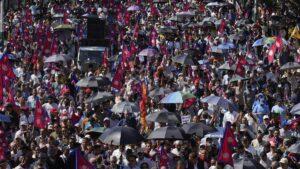
The other interesting development was the protest on 29 May, 2025, in Kathmandu in favour of restoring the Hindu monarchy. Thousands took part in the protests led by the Rashtriya Prajatantra Party (RPP). These protests have been ongoing in Nepal this year and demonstrates the numerous forces at work for change. The latest Gen-Z protests are therefore, one in a series, the only difference being that external support gives them greater weightage in deciding the future pattern of governance.
Gen-Z and Youth
What makes the current protests special? It was led by young people, mostly of a generation born between 1997 and 2012. About 40% of Nepal’s – 30 million population belong to this generation. It is this generation that has access to social media through mobile phones. Social media provides an outlet to vent their feelings and helps amplify political voices across the country. Like in Bangladesh and Sri Lanka, anti-incumbency, corruption and unemployment, were the main issues that made Gen-Z create upheaval in Nepal. Similar to the recent protests in Indonesia, protestors in Nepal used digital networks, memes and hashtags to amplify their message. The use of technology to amplify messages is becoming the flavour of the season, either positively or negatively.
Role of Nepal Army
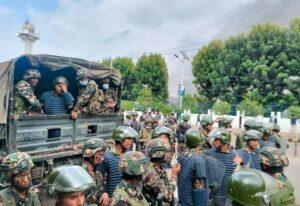
The Nepali Army’s approach in the current situation has been two-fold; bring the situation under control and engage in negotiations with those protesting. Both these reflect the sane approach taken by the military. The way ahead is rocky and like in Sri Lanka and Bangladesh, a clean start will be difficult. A focus on the economy, corruption and social re-engineering will be needed by any interim government that is formed to reassure the Gen-Z that things will change. The movement was a peaceful one, aimed at civic engagement aimed at bringing change, but obviously, elements bent on violence, hijacked it from within and this led to the death of more than 30 people. So, what next?
The Road Ahead: Transitional Authority
The Gen-Z has drafted a ‘Transitional Authority Framework’ which in essence wants different committees set up for security, elections and anti-corruption. They also want transparency to be the buzzword for governance in the coming days. More importantly, Gen-Z wants establishment of ad-hoc tribunals for justice and accountability.
Gen-Z wants fresh elections held in six months to a year. The tribunals they want should be established like courts, to establish culpability of charges of corruption, indulging in violence and use of force against civilians. This is a gist of a rather long four-page document, indicating that it was prepared well before hand and is being presented to world now. The framework lays out in detail about how the interim government is to function and what steps it should take. It is this which indicates some degree of planning by Gen-Z or its backers in setting the tone for the current protests.
Conclusion
South Asian upheavals, particularly when it involves the citizenry are of consequence. This has been seen in both Sri Lanka and Bangladesh. However, the transition from chaos to order is very often disorderly, giving inimical elements an opportunity to take advantage.
This is where India needs to collaborate with the interim government to ensure that players out to create dissonance (both external and internal players) are identified and tackled. India has a long experience of providing aid and assistance to Nepal. This is another situation in which to engage bilaterally and make for stability. In fact, India should not wait but engage with all stakeholders immediately to ensure a smooth transition of power.

